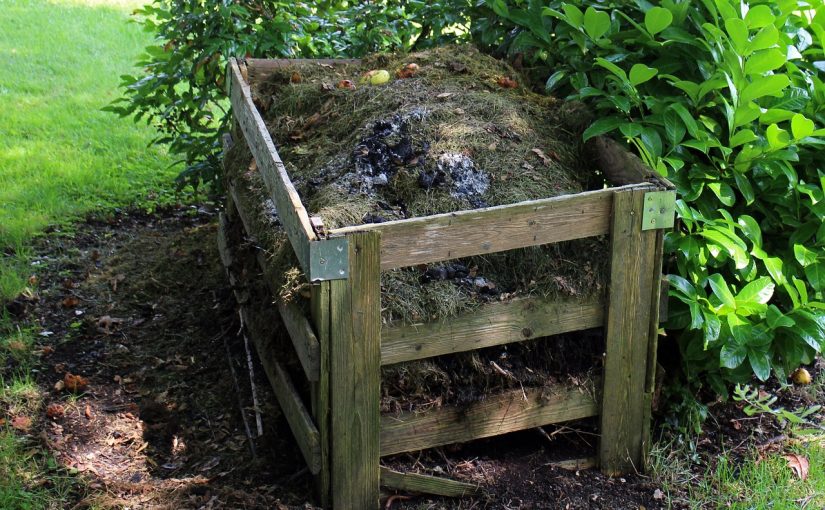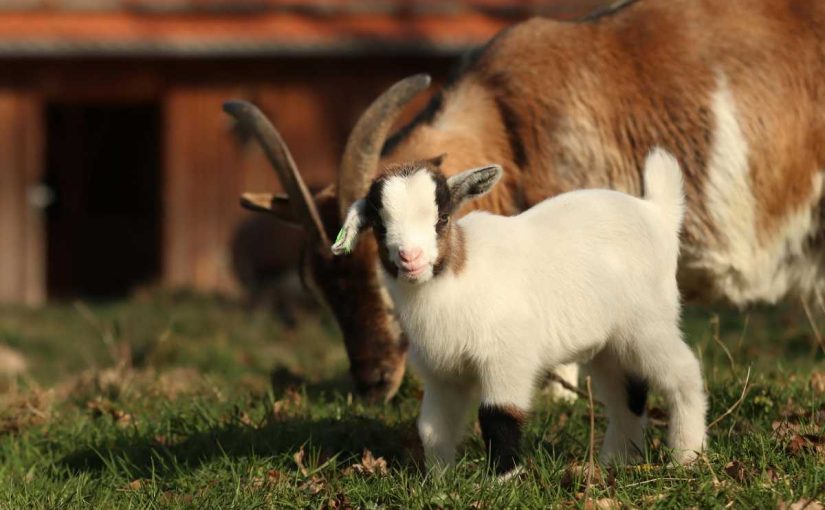Raising chickens is a fulfilling experience, whether you’re doing it for fresh eggs, meat, or just as a hobby. One of the most important aspects of keeping your flock healthy and productive is providing them with a balanced diet.
While commercial chicken feed is convenient, making your own feed at home offers several advantages. You have control over the ingredients, ensure top-quality nutrition, and often save money in the process. In this detailed guide, we’ll cover everything you need to know about making your own chicken feed, from understanding their nutritional needs to sourcing ingredients and mixing your custom feed.
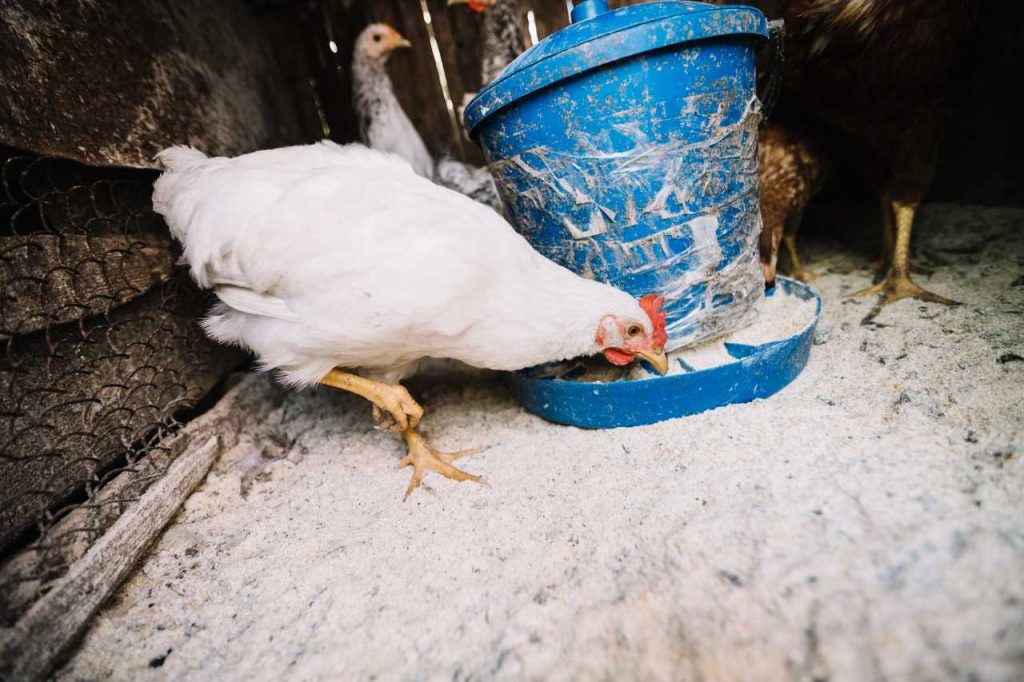
Why Make Your Own Chicken Feed?
Before we delve into the how-to, let’s discuss why you might want to make your own chicken feed in the first place.
- Cost Savings: Commercial chicken feed can be expensive, especially if you’re raising a large flock. By buying ingredients in bulk and mixing your own feed, you can often reduce your overall feed costs.
- Quality Control: When you make your own feed, you know exactly what’s going into it. This allows you to avoid additives, preservatives, and fillers that are often found in commercial feeds. You can also tailor the feed to the specific needs of your chickens.
- Customization: Chickens have different nutritional needs at various stages of their life. By making your own feed, you can customize the mix based on whether your chickens are chicks, layers, or broilers.
- Sustainability: Making your own feed can be a step towards a more sustainable and self-sufficient farming practice, especially if you grow some of the ingredients yourself.
Understanding Chickens’ Nutritional Needs
To create a balanced feed, it’s crucial to understand the basic nutritional needs of chickens. The key components of chicken feed include:
- Protein: Essential for growth, feather development, and egg production. Chickens typically require 16-20% protein in their diet, depending on their age and purpose (laying hens may need slightly more protein than broilers).
- Carbohydrates: Provide energy. Grains like corn, wheat, and barley are common sources of carbohydrates in chicken feed.
- Fats: Needed for energy and to help absorb fat-soluble vitamins. Sources include flaxseed, sunflower seeds, and fish oil.
- Vitamins and Minerals: Essential for bone health, eggshell formation, and overall well-being. Common supplements include oyster shell (for calcium), salt, and vitamin premixes.
- Fiber: Helps with digestion. Chickens get fiber from sources like alfalfa, grass clippings, and vegetable scraps.
- Water: Although not part of the feed mix, water is crucial for the health and productivity of chickens. Ensure they always have access to clean, fresh water.
Basic Ingredients for Homemade Chicken Feed
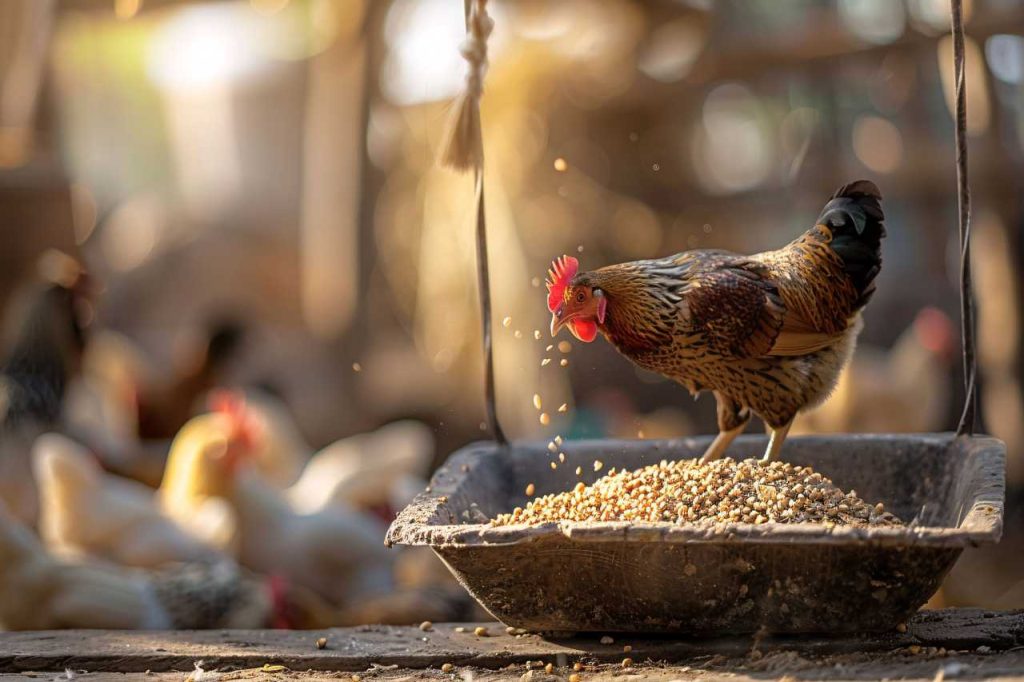
Here’s a list of ingredients commonly used in homemade chicken feed. You can adjust the proportions based on the specific needs of your flock.
- Corn: Provides energy through carbohydrates. You can use cracked corn for easier digestion.
- Wheat: Another excellent source of energy, with some protein content.
- Barley: Adds fiber and energy to the mix.
- Soybean Meal: High in protein, essential for growth and egg production.
- Oats: Provides both fiber and energy, making it a good all-around ingredient.
- Fish Meal: Adds protein and Omega-3 fatty acids, which are important for overall health and egg quality.
- Alfalfa: High in fiber and provides essential vitamins.
- Sunflower Seeds: Rich in fats and proteins.
- Oyster Shell: A source of calcium, important for strong eggshells.
- Salt: Necessary for maintaining mineral balance.
- Grit: While not an ingredient in the feed itself, grit helps chickens digest their food.
Sample Chicken Feed Recipes
Here are a few sample recipes to get you started. Adjust the proportions based on the age and type of your chickens.
Recipe for Laying Hens (16% Protein)
- 30% Corn
- 30% Wheat
- 20% Soybean Meal
- 10% Oats
- 5% Fish Meal
- 3% Alfalfa
- 2% Oyster Shell
This mix ensures that your laying hens get enough protein, calcium, and other essential nutrients for strong eggshells and consistent egg production.
Recipe for Broilers (20% Protein)
- 40% Corn
- 25% Wheat
- 20% Soybean Meal
- 10% Barley
- 3% Sunflower Seeds
- 2% Fish Meal
Broilers require a higher protein content to support rapid growth and muscle development. This recipe provides the necessary energy and protein for healthy broiler growth.
Recipe for Chicks (18-20% Protein)
- 30% Corn
- 25% Wheat
- 25% Soybean Meal
- 10% Oats
- 5% Fish Meal
- 3% Alfalfa
- 2% Grit
Chicks need a high-protein diet to support their fast growth. This recipe also includes grit to help them digest their food effectively.
Sourcing Ingredients
When making your own chicken feed, sourcing high-quality ingredients is crucial. Here are some tips on where to find the necessary components:
- Local Farmers: If you live in a rural area, local farmers may be willing to sell you grains and other ingredients in bulk at a lower cost.
- Feed Stores: Many agricultural supply stores carry the individual ingredients needed to make chicken feed. Look for non-GMO and organic options if possible.
- Online Suppliers: Numerous websites offer bulk feed ingredients that can be shipped to your door. This is a convenient option if you don’t have access to local suppliers.
- Homegrown Ingredients: If you have the space, consider growing some of your own feed ingredients. Corn, sunflowers, and alfalfa can be grown in a home garden and used in your chicken feed.
Grinding and Mixing
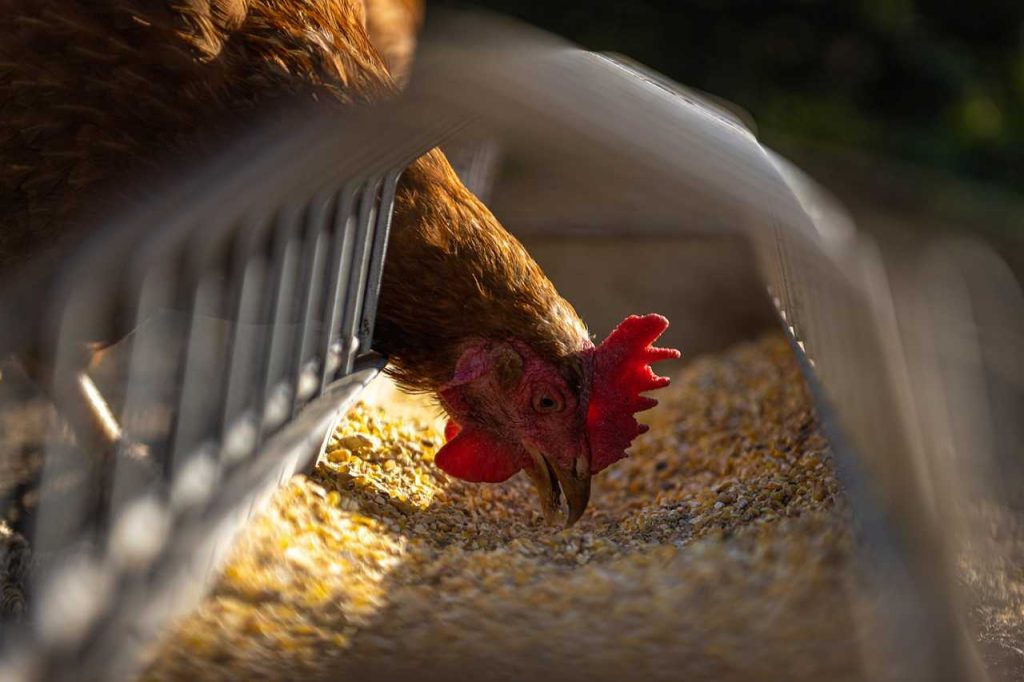
Once you have your ingredients, the next step is to grind and mix them. Here’s how:
- Grinding: Some ingredients, like corn and grains, may need to be ground before being fed to chickens. You can use a grain mill or even a blender to grind the grains to the desired size. Chicks and young chickens require finer feed, while adults can handle coarser mixes.
- Mixing: After grinding, combine all the ingredients in a large container or feed mixer. Make sure the mixture is evenly blended so that your chickens get a balanced diet with each feeding.
- Storage: Store the feed in a cool, dry place in an airtight container to keep it fresh and prevent mold or pest infestations. Homemade feed, like any other feed, can go bad if not stored properly.
Feeding Your Chickens
With your homemade feed ready, it’s time to start feeding your flock. Here are a few tips:
- Start Slowly: If your chickens are used to commercial feed, introduce the homemade feed gradually. Mix it with their regular feed, slowly increasing the proportion of homemade feed over a week or two. This helps prevent digestive upset.
- Monitor Health: Keep an eye on your chickens’ health and productivity. If you notice any decline in egg production, weight loss, or other health issues, you may need to adjust the feed mix.
- Supplement with Greens: While your homemade feed should provide most of the nutrients your chickens need, it’s a good idea to supplement their diet with fresh greens, fruits, and vegetable scraps. This adds variety and additional nutrients to their diet.
- Provide Grit: Chickens need grit to help them grind and digest their food, especially if you’re feeding them whole grains. Make sure they have access to grit at all times.
Potential Challenges
While making your own chicken feed has many benefits, it’s not without challenges. Here are a few potential issues to be aware of:
- Time and Effort: Mixing your own feed requires time and effort. If you have a large flock, the process can be time-consuming, especially if you’re grinding grains by hand.
- Nutritional Balance: Ensuring your chickens get a balanced diet is critical. It’s easy to under- or over-supply certain nutrients, which can lead to health problems. Pay close attention to the nutritional content of your ingredients.
- Storage Issues: Homemade feed doesn’t contain preservatives, so it may spoil more quickly than commercial feed. Proper storage is essential to prevent mold and pest problems.
- Cost Fluctuations: The cost of raw ingredients can fluctuate based on factors like weather, demand, and location. This can affect the overall cost-effectiveness of making your own feed.
Conclusion
Making your own chicken feed is a rewarding and cost-effective way to ensure your flock gets the best possible nutrition. By understanding your chickens’ nutritional needs, sourcing high-quality ingredients, and carefully mixing your feed, you can provide a balanced diet tailored to your flock’s specific requirements. While it does require time and effort, the benefits of homemade feed—cost savings, quality control, and the satisfaction of self-sufficiency—make it well worth the investment.
Whether you have a small backyard flock or a larger operation, creating your own chicken feed can lead to healthier, happier chickens and better egg production.


